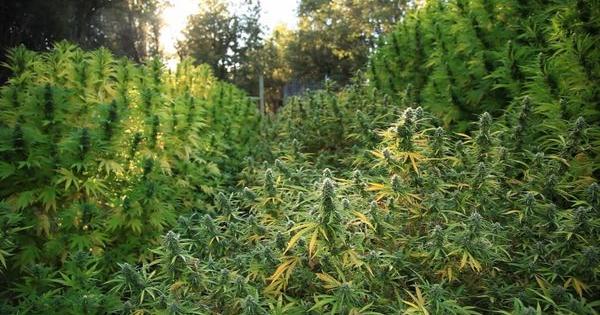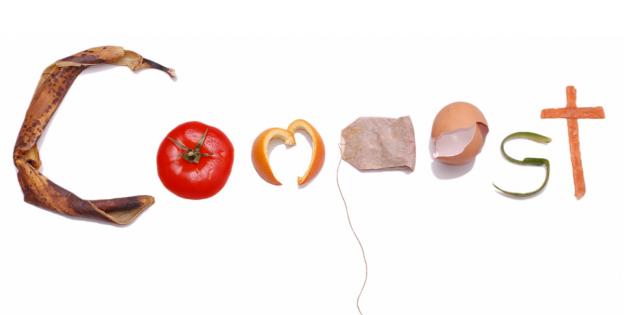- Compost is one of the most practical, cheap and essential elements of organic cannabis growing.
- It is a great way of making sure that your substrate is well nourished with all the nutrients that your plants need, whilst fully knowing where those nutrients come from.
- Keeping your soil in good condition is essential to obtaining a successful crop. In this post we explain how to make compost in a simple and inexpensive way.

What is compost?
The key to success for your cannabis plants to reward you with those succulent and aromatic buds is in the soil. We cannot expect the plants to produce high-quality flowers if they are not well fed. The soil is their source of nutrients, and the health of the garden depends on the elements found in it. The soil normally has a limited amount of nutrients available, the majority of which will have been absorbed by the plants after a few harvests. Enriching the soil with compost is an excellent way of renewing it and nourishing it again. In addition, making compost is cheap and organic, and you will not need to purchase fertilisers. And what's more, you will know for certain what nutrients are in the soil where you are going to grow your cannabis plants.
A complex ecosystem
For our soil to be in good shape, it is not enough to fill it with nutrients and essential minerals willy-nilly. When we talk about the substrate used in organic growing we're referring to a complex network of beneficial microorganisms that are needed and complement each other; a live ecosystem in which fungi like mycorrhizas, or parasites like beneficial nematodes, create a symbiotic cycle that protects the plants and helps them grow.
How to make compost?
Many people wrongly think that making compost is a difficult and messy task that produces bad odours. In reality, if the organic matter is decomposed properly, it should not release any foul smells; so if it does, then you're doing something wrong. Before starting the process, you must clearly know which materials are compostable:
- Fruit scraps
- Vegetable scraps
- Coffee grounds
- Eggshells
- Grass clippings and plant remains
- Dry leaves
- Wood chips and pellets
- Shredded newspaper
- Straw
- Untreated sawdust
And these are the materials that CANNOT be put in your compost bin:
- Meat, oils or fats
- Remains of plants that have been affected by a disease or pest
- Treated wood
- Dog or cat waste
- Dairy products
Step 1: Get a compost bin
The first thing you need is a compost bin. You can easily build one or simply purchase one. It is important that it has a lid, as this accelerates the decomposition process. Once your compost bin is ready, place it in a shaded area in your garden.
Step 2: Gather compostable matter
Before you start, make sure that you have a significant amount of compostable matter. A practical way of storing this is to have a small container in your kitchen where you can easily place all that organic waste mentioned before. When you place this matter in the compost bin, you need to mix the wet materials (food waste) with the dry materials (leaves, wood, shredded newspaper, etc), looking to find a 50:50 balance.
Step 3: Put the waste in layers
The mixed material must be placed in the compost bin in layers. We recommend adding an organic layer followed by a layer of mixed soil and coffee grounds, and so forth. Once you've finished doing this, make sure your compost bin has the lid on so that the mix doesn't get soaked in the rain, which would eventually make it rot rather than decompose.
Step 4: Air your compost
From time to time (approximately every two weeks) it is advised to air the compost by stirring it with a rake or any other suitable tool. This accelerates the composting process, which can take from 3 months to a year, depending on the amount of material added and the level of aeration provided.
How to know when the compost is ready?
When the substrate smells of soil and has a brown colour. If the different elements of the compost cannot be distinguished from one another, this means that the compost is ready as it has become a homogeneous mass that can happily nourish our cannabis plants.
Troubleshooting
Making compost is often a simple process that does not require much care, but it needs to be checked once in a while. If you notice that its texture is too slimy, or it releases a putrid smell, those are signs that it has become too wet and has started rotting rather than decomposing. You can correct this by adding more dry matter, such as sawdust or leaves. If, on the contrary, the mix looks too dry, you can moisten it with a little water or add more fresh organic matter.






Comments from our readers
There are no comments yet. Would you like to be the first?
Leave a comment!Did you like this post?
Your opinion about our seeds is very important to us and can help other users a lot (your email address won't be made public).